Persian Empire; Facts & History of Achaemenids
The Persian Empire, also known as the Achaemenid Empire, which spanned over two million square miles and housed over half of the world's people, was established around 2,300 years ago.
Even though Alexander the Great might have disagreed, this was the world's first significant empire. In this blog, we will introduce you to the Persian Empire and talk about the Persian Empire's timeline, religion and fall.
Definition of the Persian Empire
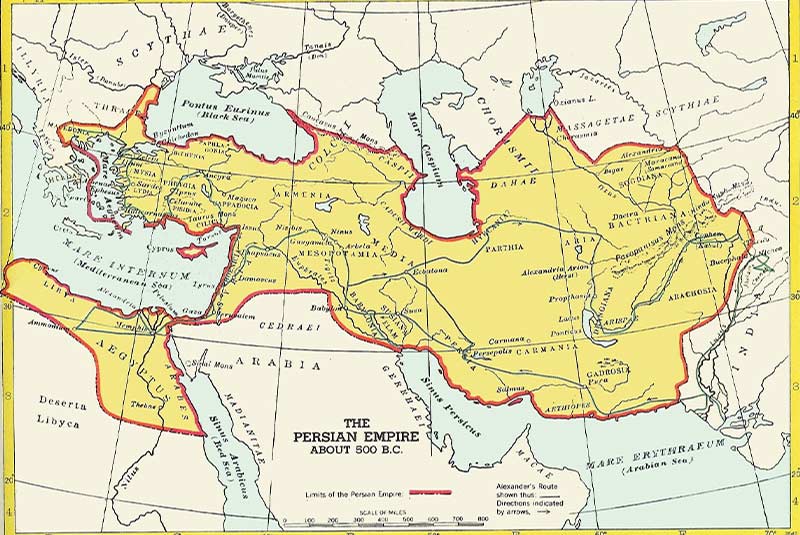
The ancient Persian Empire extended well beyond what is now known as Iran and modern-day Persia. The Persians, a significant enemy of Ancient Greece in the early B.C.E. and subsequently the Roman Empire, occasionally held sway over a large portion of the Middle East. At one point, they governed Egypt, a large portion of the Caucasus, Central Asia, and portions of what are now Pakistan and India. More significant than any other empire in history, the Persian Empire ruled over more than 40% of the world's population at its height.
| Discover: Shahr-e Sokhteh; The Beginning of Civilization 5,600 Years Ago
Persian Empire Timeline

The history of the Persian Empire was one of highs and lows for the area's inhabitants. Based on a Library of Congress Persia timeline, the Persian Empire timeline is listed below.
- 6th Century B.C.E.
- 553-550 BCE: Cyrus II (Cyrus the Great) deposes the Median monarch and establishes the Achaemenid Empire in Persia and Media.
- 539 BCE: Cyrus conquers Babylon; he frees the Jews who were held captive.
- 525 B.C.: Egypt is captured by Cambyses II, the son of Cyrus.
- 522 BCE: King Darius I takes over. He reorganizes the administrative structure as he expands and reestablishes the empire.
- 5th Century B.C.E.
- 490 BCE: Darius is repulsed from his invasion of the Greek mainland at the Battle of Marathon.
- 4th Century B.C.E.
- 334 BCE: Alexander the Great launches his assault on Persia. In 330 BCE, he completes the conquest of Persia and Mesopotamia.
Did you know that in fact there were another Persian Empire, hundreds of years after Achaemenids, named Sassanid Empire?
Read the complete article below and gain more insights:
Sassanid Empire: Rise and Fall of the Sasanians
Persian Empire Map

The Achaemenid Empire included parts of Afghanistan, Pakistan, Egypt, Iran, and today's Turkey. You can see the Persian Empire map in the above picture.
| Related article: Pasargadae | The Capital City & the Tomb of Cyrus the Great
Rise of the Persian Empire

Unsurprisingly, the first significant world empire emerged in the same region where sophisticated societies began to develop. The Persians are thought to have originated as steppe nomads from the Iranian Plateau who moved to what is now southern Iran. The Assyrian Empire's fall in the middle of the sixth century B.C.E. provided the Persian people with the opportunity to subdue other empires swiftly. They overcame the Medes, Lydians, Neo-Babylonians, and Egyptians in less than a century. Around 50 million people lived in the Persian Empire at its height in 500 BCE. If measured in terms of proportion to the world population at the time, which ranged between 100 and 160 million people, this amount would have made it the biggest in history by the percentage of the world population (According to Guinness World Records).
| Discover: Arg-e Bam | The Fascinating Citadel of Ancient Persia
Kings of the Achaemenid Empire

Cyrus the Great might be the most famous king of the Achaemenid Empire, but other kings who had been ruling the empire after Cyrus the Great can be listed as Cambyses II, Bardiya, Darius I The Great, Xerxes I, Artaxerxes I, Darius II, Artaxerxes II, Artaxerxes III, Artaxerxes IV, Darius III, Artaxerxes V, respectively.
Cyrus the Great (Cyrus II) established the first Persian Kingdom, which spanned from the Indus Valley in India to the Balkan Peninsula in Europe. Cyrus the Great formed this empire at approximately 550 B.C. Before it was overthrown by Alexander the Great's invading forces, this Iron Age dynasty known as the Achaemenid Empire dominated the world for more than 200 years as a centre of culture, religion, science, art, and technology.
King Cyrus decided to enlarge Persia's borders in 539 BCE. He took control of Babylon first. In contrast to Assyrian monarchs, Cyrus was renowned for his kindness rather than his violence. For instance, rather than making the Hebrews enslaved people, he permitted them to return to Jerusalem after more than fifty years as prisoners of war in Babylon. He let the capital and temple be rebuilt and gave them back sacred objects that had been taken. Additionally, Cyrus let the Hebrews carry on with their way of life and religion. Cyrus was referred to as "God's shepherd" by the Jewish prophet Isaiah, who also stated, "God will go before him and level the mountains."
Cyrus' kindness to the Jews was not a one-off occurrence. He and his successors adopted a strategy of adaptation and reconciliation to all of their new subjects. They worked with local authorities and tried to avoid interfering in issues that were not directly related to their reign. They honoured regional customs and even took on some of their people's religious rituals. Cyrus and his son Cambyses II set the borders of the empire. Darius, the third king, made sure it would last by establishing the governance structures that permitted ongoing success. The Persians did not exile (send away) defeated peoples because they respected local customs.
| Read more: What is Zoroastrianism Relegion?
System of the Persian Empire
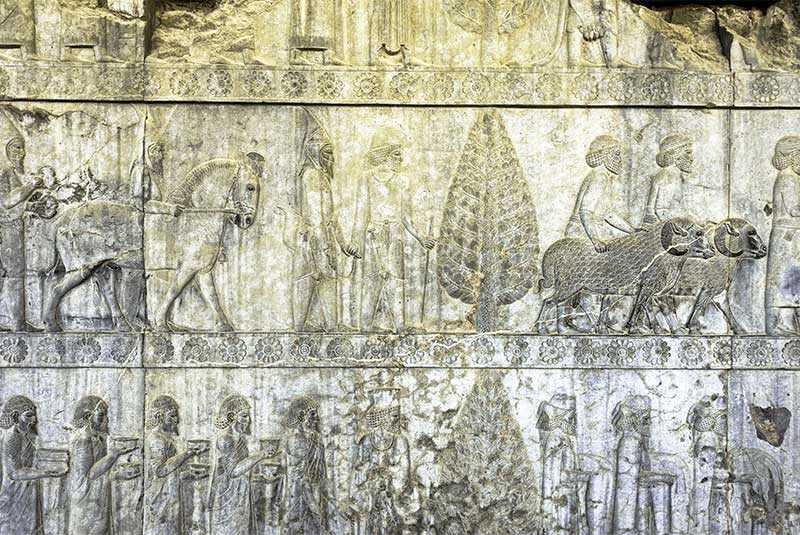
The Persians tried to boost commerce throughout their empire rather than devastate local economies for their selfish benefit. They established universal laws, created official money, and standardized weights. The Persian government levied a 20% tax on all industries and agriculture in exchange for collaboration. They also levied taxes on religious institutions, which had not previously paid taxes despite their affluence. The Persians themselves paid no taxes. The Persian monarchs, notably Cyrus and Darius I (522-486 B.C.E.), created a system for running a vast empire that other rulers later followed. All the diverse subject peoples were treated equally and equitably under the laws.
The Persians split their empire into 20 provinces, each with a ruler in charge. They also gave the territory to feudal lords in return for their allegiance and promises of warriors for the Persian army. Most of the empire's populace, including typical Persians, continued to be farmers or artisans. Cyrus laid the groundwork for a system of messengers or mail. Darius, I established a communications network that linked most of the empire. One of the administrative capitals, Susa, was connected to Sardis by a royal route that was 1,700 miles long. There were several spots to stay along this route where royal couriers could get new horses and supplies.

A historical maxim states that the extent of an empire must be constrained by the distance that could be covered in two weeks by horse. If the empire grows significantly, it will be impossible to rule effectively and efficiently. However, the Persians did it by combining several different concepts. They possessed a constant supply of horses and used cavalry as a portion of their army. Second, to facilitate communication, travel, trade, and the movement of their army, they extended and renovated a 1700-mile "Royal Road." Therefore, rather than restricting expansion, they increased the distance that two weeks of horse riding would cover. Third, they took advantage of the Assyrian-inherited satrapy system. The governors of the satrapies, which were provincial administrations, were chosen by the monarch of Persia. These rulers frequently came from the ranks of the conquered populations. The Persians were widely renowned for tolerating regional cultures, customs, and faiths and for exercising mild authority; all of these traits contributed to the legitimacy of their rule.
| Also might be interesting: Choqa Zanbil Ziggurat: An Ancient Wonder of the World
Persian Empire Fall
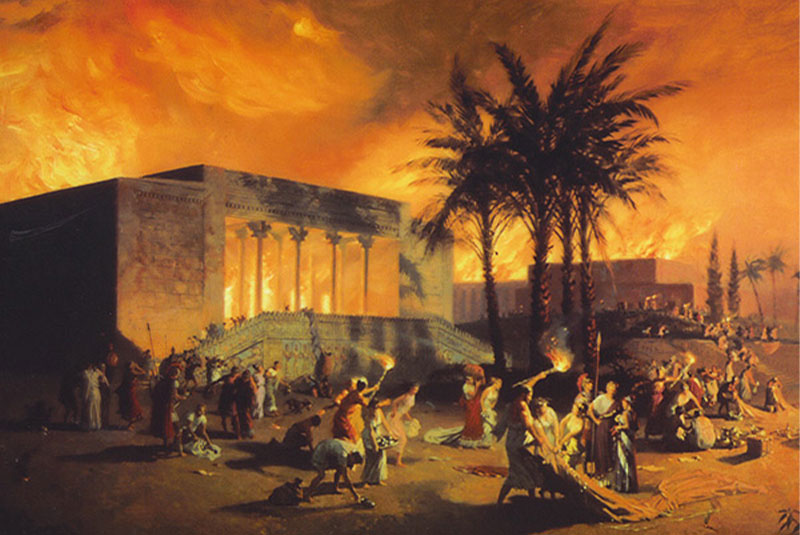
The Achaemenid Empire's fall happened after several turbulent periods—including an economic crisis, poor leadership, internal power struggles, populist uprisings, and Alexander the Great's conquest. In addition, after experiencing extended periods of unmatched prosperity, various missteps in the empire's management contributed to Persia's eventual downfall. The Persian Empire experienced a difficult time under the reign of Xerxes I, the son of Darius. Xerxes spent recklessly while away on a military effort to conquer Greece, which failed in 480 BC. Upon coming home, he maintained his reckless spending. The expensive defence of Persia's territory also drained the empire's resources, forcing its citizens to pay higher taxes.
The habitual hoarding of large sums of money by the Persian leaders slowed down the nation's overall economic flow. Because of this, Alexander the Great found much silver in Persepolis. The son of the late Philip, Alexander the Great, crossed the Hellespont and invaded Asia Minor in the spring of 334 BC, just as Darius had recently succeeded in destroying Egypt once more. Darius wrote two letters of friendship to Alexander. In the second letter, an alliance was proposed in exchange for a hefty ransom for Alexander's family, all Achaemenid lands west of the Euphrates River, and Darius's daughter's hand. Darius did not attempt to obstruct Alexander's crossing of the Euphrates and Tigris, so he continued moving.
In 334 BC, Alexander routed the Persian army at Granicus. Darius eventually made a move against him at this point, but he was soundly beaten in the battle of Issus in the fall of 333 BC. Darius wheeled his chariot and left the field, leaving his family behind as his soldiers continued to battle. In 331 BC, Alexander also triumphed in the last war at Gaugamela. He next proceeded against Susa and Persepolis, which in early 330 BC, gave up. The Persian Empire came to an end after this. When Darius took sanctuary in Ecbatana, his relatives and the Bactrian satrap Bessus—who proclaimed himself Artaxerxes V—deposed and executed him.
| Suggestion: Naqsh-e Rustam | Ancient Treasures & Zoroastrian Legacy
Persian Empire Facts
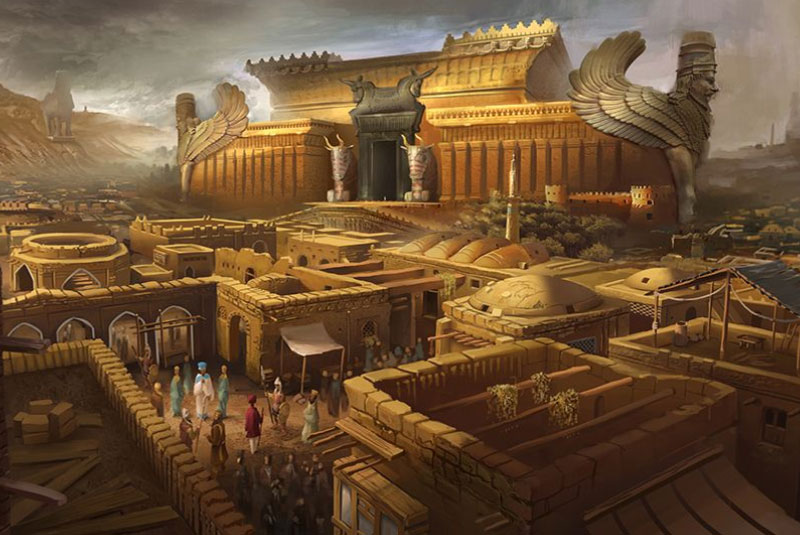
- The Charter of Human Rights
- The Declaration of Independence, which was issued in 1776 by the United States government, granted citizens certain unalienable rights from birth. The Declaration of the Rights of Man and the Citizen was written in 1789 during the French Revolution and was founded on similar ideas. Human rights were first recognized in the modern era by these two occasions. However, the Persian Empire had enacted a Charter of Rights 2,000 years earlier.
- Cyrus the Great wished for religious freedom and equality for all citizens of his realm. In 1879, a piece of an artefact known as the Cyrus Cylinder was discovered among the ruins of Babylon. It was composed of baked clay and was 22.5 centimetres (8.85 inches) in length. The cylinder has Cyrus's beliefs of ethnic, linguistic, and religious freedom etched on it. It also demonstrates his kindness to the Babylonians, whom he vanquished in order to create his own kingdom in 539 BC.
- Although he has been praised for helping the people and enhancing their quality of life, some detractors contend that the cylinder glorified the great monarch and that his activities were more intended to please the gods than to benefit his subjects. However, there is unanimity among archaeologists and historians that the item is a stunning illustration of Persian history.
- The Persian Empire was the greatest empire of its time.
Gardens of Ancient Persia
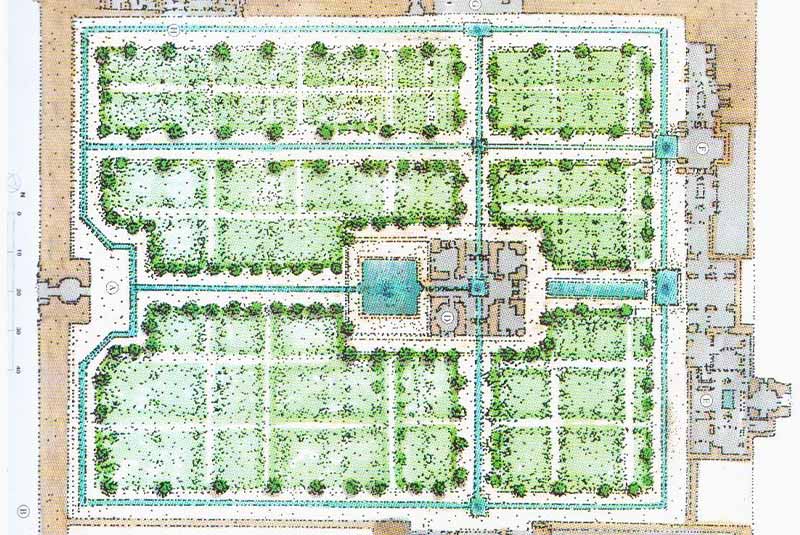
The best of Persian architecture and design may be found in its gardens. In a primarily desert region, where the summers were scorching, and the winters were freezing, these lovely and complex gardens were created to offer solace from the harsh weather. The oldest and maybe most magnificent example of a Persian garden can be seen in Pasargadae, the initial capital of the Achaemenid Empire. David Stronach, a specialist in studying ancient and medieval Iran and Iraq, unearthed the gardens at Pasargadae.
They were locations for social meetings and leisure time for the Persians and were bordered by exotic plants, orchids, and water channels. Stone-lined streams in rectangular patterns could be seen inside the gardens, and mud-brick walls protected the entire area. The term "paradise" is derived from the ancient Persian term Pardeiza, which means "a wall around," which suggests that it was once used to designate a closed-off area. The gardens were undoubtedly a paradise and an oasis in their day. Following the Islamic conquests, these gardens' design ideas were combined with Islamic architecture to produce traditional Islamic gardens. However, due to their fragility, mud-brick gardens require much care, and as a result, very few gardens have endured.
| Read more: Iran Windcatchers
Trading via the Suez Canal
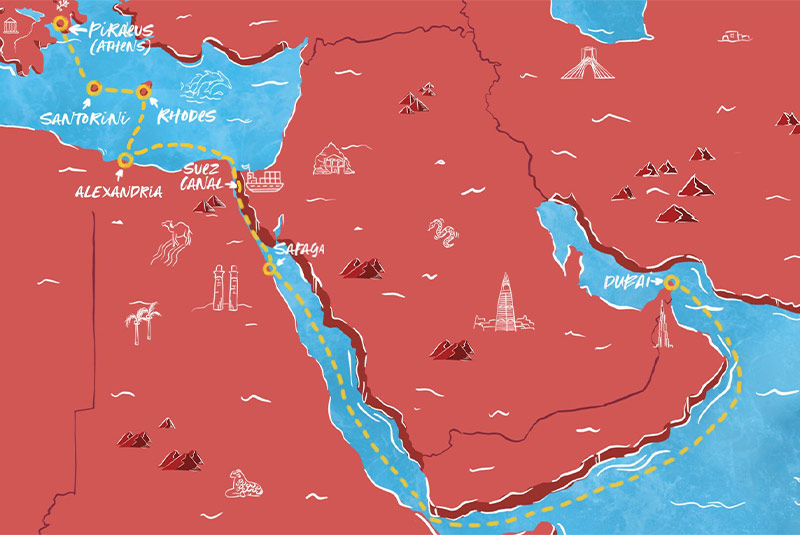
An early version of the Suez Canal was allegedly constructed by the Egyptian pharaoh Necho around 600 BC, but the undertaking was shelved after the canal was only partially finished. After consulting with his advisors, Darius I, one of the numerous rulers of the Achaemenid Empire, began work on the last section of the canal that would link the Nile and the Red Sea in order to increase trade between Egypt and the Gulf areas. He named it Darius Canal once the work was finished, which took place about 500 BC. The current Suez Canal begins at the Nile Delta and passes the Bitter Lake close to the port of Suez. The Darius Canal took a similar path. It had a 50-yard width and stopped operating in 8 A.D.
| Read more: Susa Persia; One of the Oldest Cities in the World!
The Palace of Persepolis
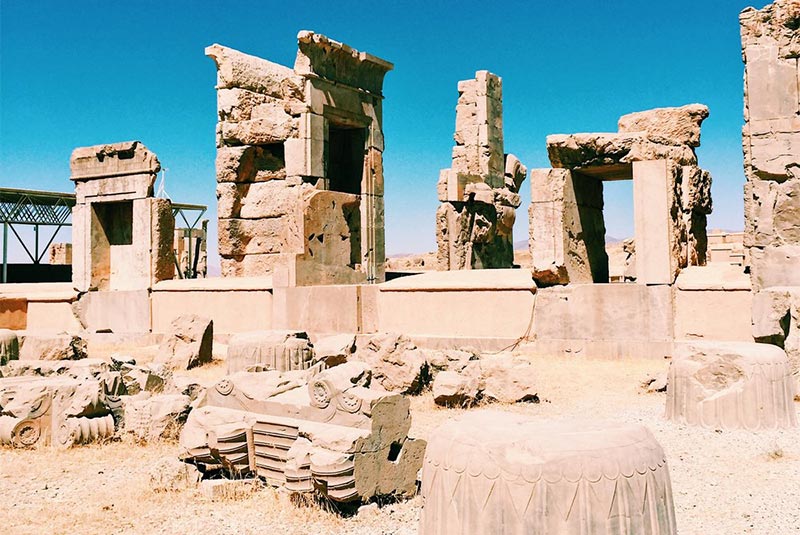
Darius envisioned creating a magnificent palace complex that would enable him to host large numbers of visitors for entertainment. As a result, he started work on Persepolis in southern Iran in 520 BC. After his death, his heirs finished the construction, and the palace stood for about 200 years. Special cedar beams sent from Lebanon were among the material used to construct the entire palace. These beams may support a substantial weight by evenly dispersing it throughout the building. In addition, the excellent hall complex of the palace's ceiling was supported by 36 wooden pillars. 10,000 people could fit in the palace hall. There are several urban legends about the origin of the palace's name; some contend that it was inspired by the city of Persepolis, while others refer to it as "the palace complex of Parsa," which was a Persian province. When Alexander attacked in 331 BC, the Persian palace was destroyed by fire.
| Discover the complete article: Persepolis; The Great Ancient Persian Capital
A Multistate and Multicultural Nation
The Achaemenid Empire had four capital cities: Babylon, Susa, Pasargadae, and Ekbatana. It was an actual multistate territory. The kingdom was further split up into various provinces, each with a satrap who oversaw that area. The satrap, whom the monarch or a nobleman often appointed, was in charge of upholding decorum and order in the region. Additionally, each satrap was supported by generals, Chapars, record keepers, and other government employees. Individuals of all ethnicities and faiths lived in the Kingdom of Persia. King Darius encouraged the harmony of civilizations while allowing the people to pursue their chosen religion.
The Armed Forces of Ancient Persia
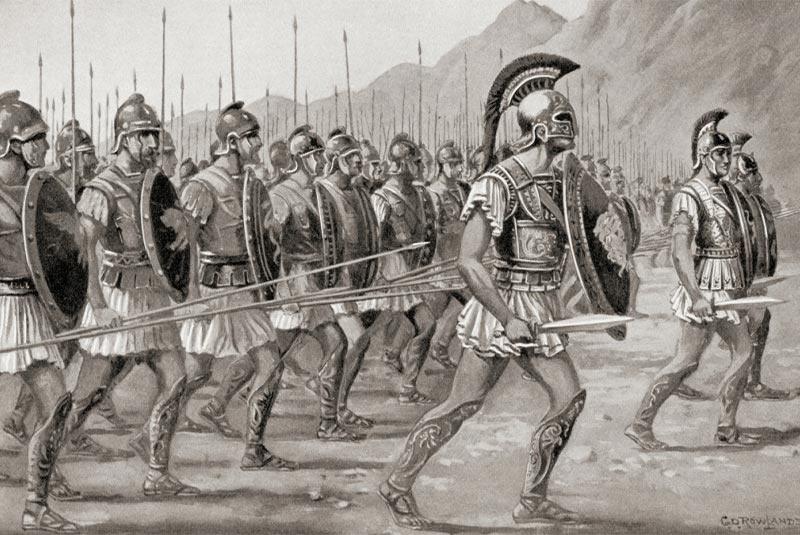
Persian boys generally belonged to the upper class and were prepared for combat until they were 20 years old, according to the Greek historian Herodotus. However, Strabo, a different historian, claims that all men, regardless of their status, received military training that lasted until they were 24 years old. Strabo also notes that the son of an aristocratic commander typically oversaw companies of 50 men. In both peace and conflict, every soldier would remain enlisted in the Persian National Army until age 50. According to Xenophon, a different Greek philosopher, the Persian army numbered 120,000 Persian warriors in all. Herodotus, a Greek philosopher, also records that the Persian army had a flawless look, with every soldier wearing the same uniform, which was unusual in ancient times.
The Persian army's troops were organized into regiments of 1,000 soldiers or Hazaraba. The Baivaraba, which consisted of a total of 10 Hazaraba, served as the king's royal guards. They also went by the moniker Amrataka, which means "immortal" in Sanskrit. This was because there would always be 10,000 soldiers. If a soldier became sick or got injured, he was replaced immediately by a healthy soldier. Moreover, Herodotus claims that the Baivaraba wore exquisite armour and apparel. The troops' attire included finely woven tunics and pants covered in a coat of mail resembling fish scales. The warriors also wore gold jewellery. They possessed wooden shields for defence, tiny spears, small swords, stiff bows with cane arrows, and armour. Their wives and servants travelled everywhere in carriages full of provisions, including food, clothing, and other necessities.
Persian Empire Flag
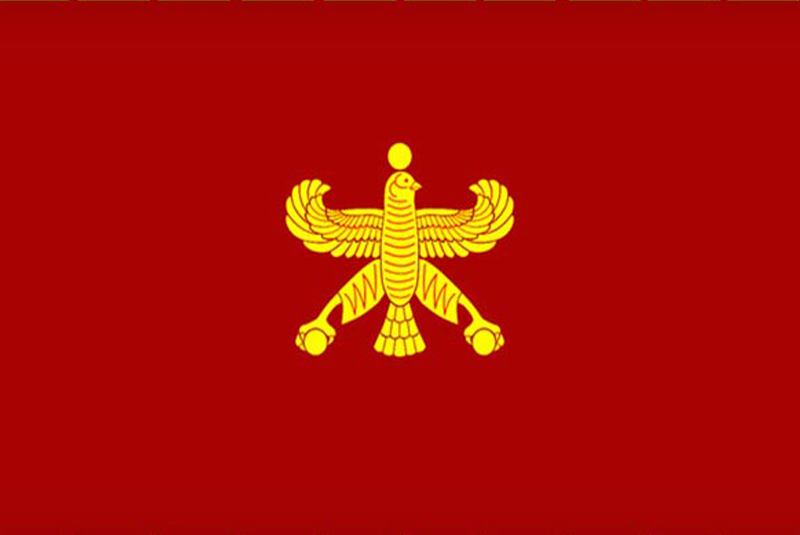
The Persian Empire Flag during the Achaemenid Empire, particularly during the Cyrus era, was composed of a kinglike picture that was rectangular in shape and divided into four equal triangles. These four triangles had two sides that were the same hue.
| Also might be interesting: Iran's Ziggurats
The Royal Road
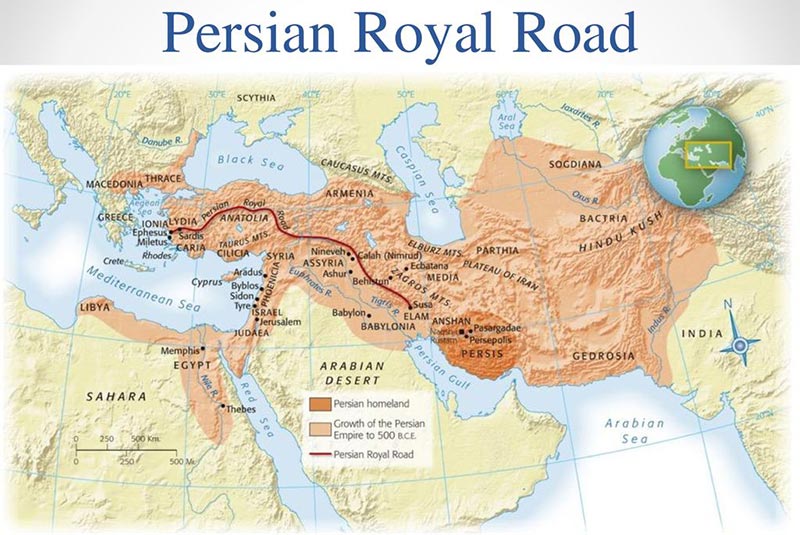
From Susa to Sardis, a roadway was constructed by Darius the Great to unite the Persian Empire. He wanted to ensure that communication was quick and accessible throughout the enormous empire. The 1,700-mile stretch of land separating the western and eastern borders could be traversed on foot in 90 days and on horseback in just nine days—Darius the Great built caravanserai, or royal outposts, beside the route for foot passengers. The outposts got their names because the individuals who took this route were known as caravanners. These caravanserais quickly became centres for commerce, trade, and knowledge flow.
| Related article: The Ancient Silk Road | Facts, History, and Routes
Chapar Khaneh
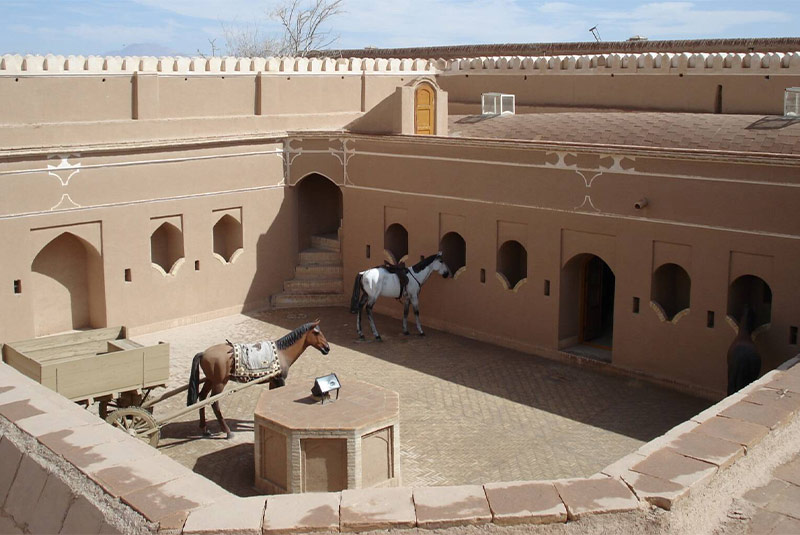
The Achaemenid period's mail system was known as "Chapar Khaneh" in Persian. The system was created by Cyrus the Great and later adopted by Darius the Great as the imperial means of communication. Each "Chapar Khaneh" was a station that was mostly located along the Royal Road, a 2500–4000 km ancient road that connected most of the essential cities in the empire and went from Sardis to Susa. The Chapars were express messengers who were given new provisions and horses at each station along the route, enabling them to travel fast without needing to get supplies independently or wait for their horses to rest.
| Find more: Top 9 Most Beautiful and Historical Castles in Iran
Bottom Line
The great empire of ancient Persia left behind not just history but also art, architecture, and culture for the modern age. Other sections of the world's civilizations benefited greatly from the empire's achievements. While there is still much to learn about the empire, it is evident from the evidence that we do have that the Persians were technologically quite sophisticated for their time and had a rich and dynamic culture.


Comment
Leave a Comment